Architecture can be in harmony with the environment if we learn from our past!
If our ancestors were to see what architects have done to our planet with poor building practice, they would certainly kill us. Buildings have become devoid of many of the beautiful methods the ancients laid out of us to learn from. Architectural solutions are embedded in our history, yet we throw most of them away, and embrace an excessive and insensitive attitude.
Remarkable settlements are testimonials about the capacity of dwelling environments to enrich human experience. There is poetry in sound design.
Some of the universal characteristics of successful ancient settlements are as follows
- Dwelling typologies are suited to site and climate.
- Arranged in dense groupings
- Tightly abutting the paths
- Careful use of natural resources
- Based on social consensus
The majority of historical housing was developed with a sensitivity to the landscape, which led to an overall healthy way of living.
Mohenjo-daro, Pakistan 2600 BC
Harappa, Pakistan 1900 BC
Shushtar, Iran 224 AD
Machu Picchu, Peru 1450 AD
HOW CAN WE APPLY THESE CONCEPTS TO MODERN BUILDINGS?
The question inevitably arises about how we can implement old techniques and still be able to accommodate modern needs. Well, there are endless solutions as there have always been. History teaches us that architecture can be completely adaptable to any region, just as human beings are. Lest we forget, architecture is a reflection of our humanity. Therefore, modern architecture does not need to stand against our core beliefs.
ACT OF DWELLING: Alternative to mass sustainable housing
If you are looking to a modern solution that addresses all of the key principles of the historical examples we have viewed, here it is. Act of Dwelling (AoD), developed by my partner Behshad Shokouhi, is a system of housing that respects history and addresses the needs of the general population in any setting.
The image above depicts a massive sprawl of high density housing in Brazil. These are know as the favelas. We have understood that the favelas are a modern example of housing born of its inhabitants. There is a lot to learn from these dwellings, even though there are huge poverty and crime issues at the moment. As you can see in the image, the brighter green region indicates how our design can adapt to the methodology of the region while offering major improvements.
Act of Dwelling is based on 4 core principles. We like to call them the 4 pillars.
THE FOUR PILLARS OF ACT OF DWELLING
- ECOLOGY: Implies dwellings can function in sustainable balance with the natural environment.
- SOCIOLOGY: Implies dwellings can offer solutions that optimize the quality of human interactions.
- TECHNOLOGY: implies dwellings must utilize the best available technology to achieve comfort in harmony and balance with nature.
- MORPHOLOGY: implies dwellings in collectives that are inherently adaptable to site, climate and geographic contexts are the new path forward.
AoD injected into Taos, New Mexico
AoD injected into Mumbai, India
Act of Dwelling (Aof D) is a proposal for a System of Ready Made Building Components that will facilitate the rapid erection of Low Rise, High Density, Sustainable residential developments across different regions of the world.
(text below has been taken from our own website, please don't claim plagiarism before you realize that this is our original work)
A of D is a truly versatile building system in which every dwelling unit has the capability of being transformed both internally and externally in response to the end user's programs and needs. Moreover these transformations can occur with speed and economy within high density configurations is the unique hallmark
Achieving a sustainable life style on a mass scale is the objective of A of D. A sustainable lifestyle also means a 'better', quality of life. Hence the individual dwelling unit is conceived a 'Survival Mechanism' & equipped to engage and encourage people in sustainable activities at the very place they live. The very act of dwelling thus becomes one that is sustainably managed and offers benefits both to the individual as well as the collective.
Landfills are a globally available resource that A of D proposes to tap into to develop a building system and and myriad construction components that are safe, functional and relatively cheap to produce. Locally available materials and building techniques and perhaps the most precious resource of all, the people that populate each place, are an important part of the matrix that this system depends on to achieve its best configuration.
A of D makes possible the development or reconstruction of communities new possibilities uniquely suited to the needs of their user populations in environmentally sensitive ways. As such it is a road map and a set of tools to bring about a new vernacular architecture that better expresses the new paradigms of the interconnected and environmentally challenged world we must live in.

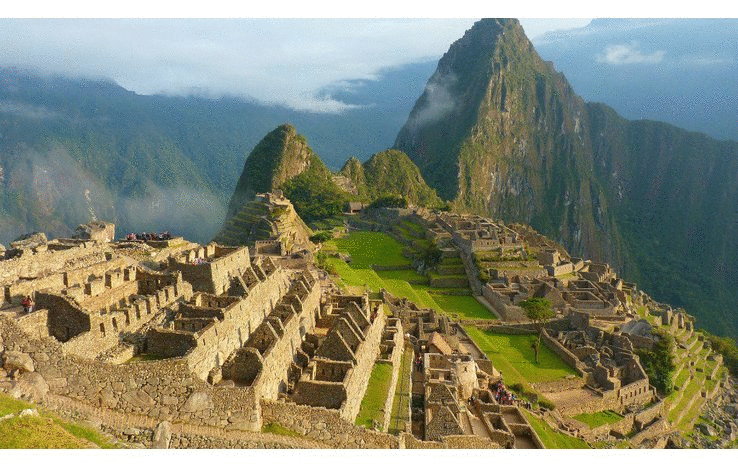
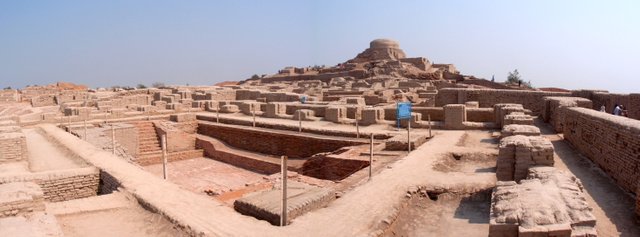
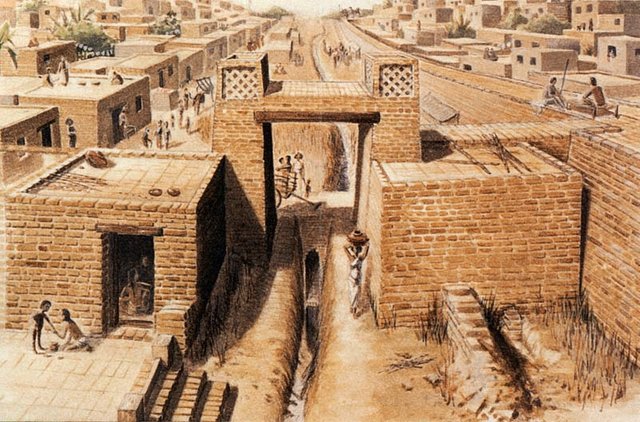

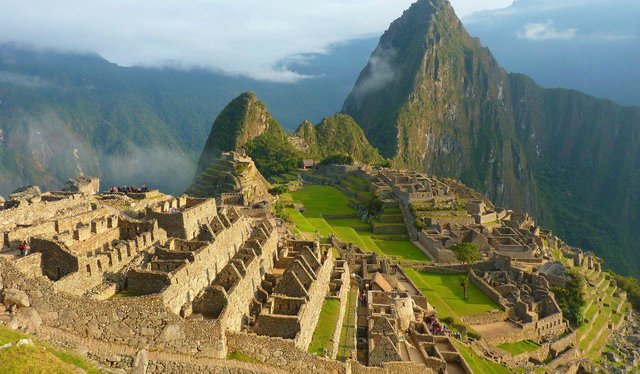
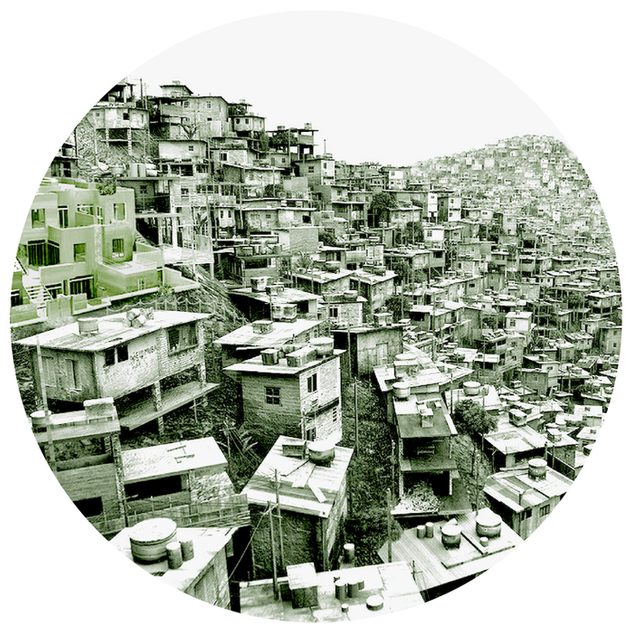
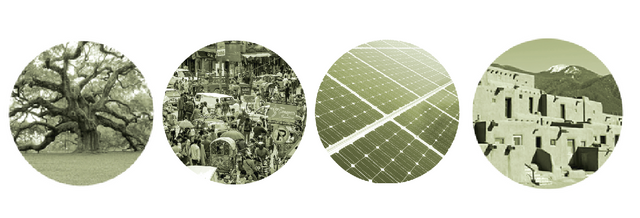
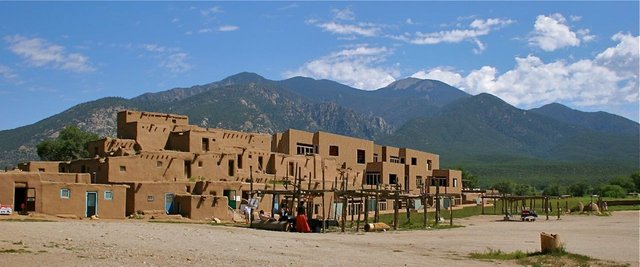

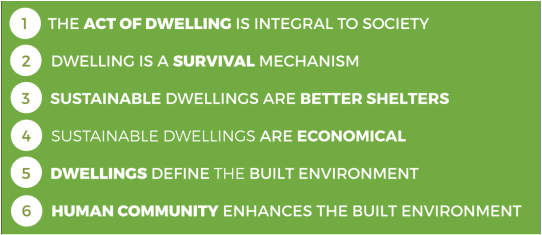
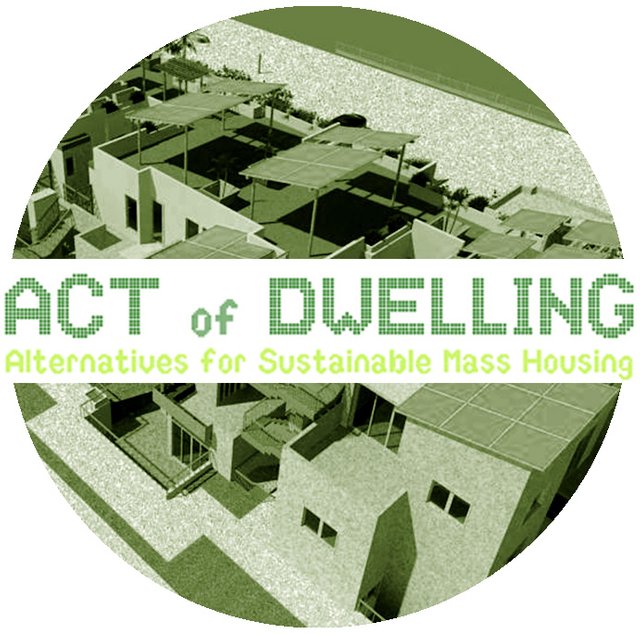

I like your vision and I hope the Steemit community sees the value in this. Good work!
Yes. Lets build some pyramids.